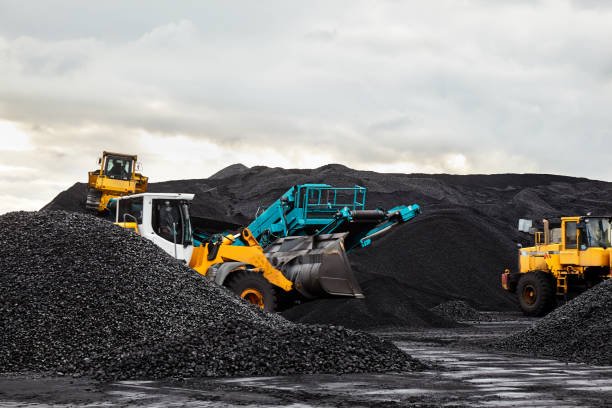Why is South Africa so Dependent on Coal as a Form of Electricity Generation
Skip to content
Skip to footer
Why is South Africa so Dependent on Coal as a Form of Electricity Generation
Why is South Africa so Dependent on Coal as a Form of Electricity Generation

